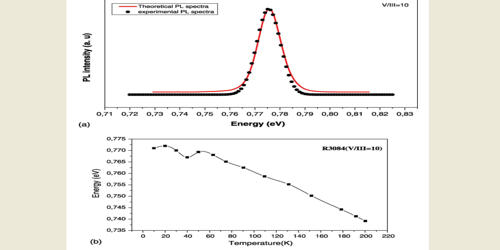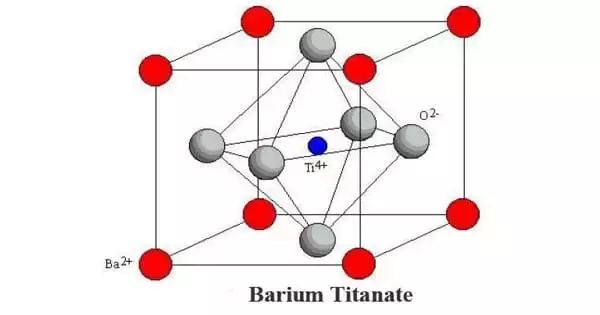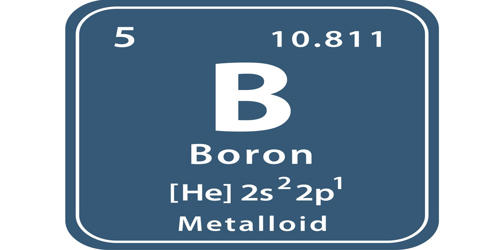Alloy broadening is independent of temperature and can broaden the line-width to 2 to 5 times of its thermally broadened value. It is a spectral-line broadening mechanism caused by a random distribution of the atoms in an alloy. The alloy broadening of impurity lines in ternary semiconductor alloys is investigated using a tight‐binding Hamiltonian with nearest‐neighbor interactions and the cluster ‐ Bethe‐lattice approach. For example, at room temperature, GaInN blue and green LEDs can have a line-width of 3–10 kT.
The alloy broadening is one of the line broadening mechanisms. The random distribution of atoms in an alloy causes a different material composition at different positions. In semiconductors and insulators, the different material composition leads to different bandgap energies. The main difference between the emission processes in high-purity binary and ternary semiconduction is the occurrence of an additional emission broadening mechanism in the latter case, due to statistical fluctuations of the composition. These lead to a fluctuation of the bandgap, and thus to a broadening of all electron-hole recombination process. This gives different exciton recombination energies.
A quantitative theory of the alloy broadening requires a precise definition of the effective volume V of the recombining quasi-particle. The effects of alloy disorder on deep electronic levels produced by point defects in some of the technologically important ternary semiconductor alloys are investigated using the embedded cluster method and the theory of deep levels. Therefore, depending on the position where an exciton recombines the emitted light has a different energy. This result is interpreted in terms of the cluster statistics and of the spatial distribution of the wavefunctions associated with the localized impurity states. The alloy broadening is an inhomogeneous line broadening, meaning that its shape is Gaussian. The inhomogeneous broadening of the near-gap emission (bound excitons (BE) and conduction-band to an acceptor (CA)) in semiconductor alloys are reanalyzed using the Markoff statistical theory for fluctuations of alloy composition. The results of their theory indicate that even in the best GaAlAs samples there is still a significant contribution from other broadening mechanisms.
















